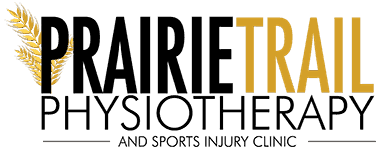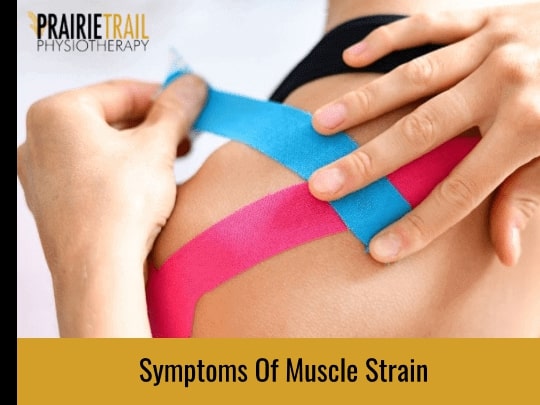Muscle strains are a common occurrence, particularly among athletes.
This happens when the muscle is forcibly stretched beyond its normal range of motion. This stretching can tear the muscle fibers, causing pain and inflammation. In severe cases, a muscle strain can result in a complete muscle tear.
There are three grades of muscle strain, depending on the severity of the injury:
– Grade I: A few torn muscle fibres with mild pain and minimal loss of function.
– Grade II: A significant number of torn muscle fibres with moderate to severe pain and significant loss of function.
– Grade III: A complete muscle tear with severe pain and complete loss of function.
The symptoms of a muscle strain will depend on the grade of injury.
For a grade I or II strain, you may experience the following:
- Pain during activities that stretch or contract the muscle in question
- Tenderness and stiffness in the affected area
- Cramping
- Weakness
- Limited range of motion in a nearby joint
- Inflammation or bruising in the affected area (grade II only)
For a grade III strain, you may also experience:
- A popping sensation at the time of injury
- Immediate and severe pain that prevents you from using the affected limb or joint
- Complete loss of function in the affected muscle(s) or joint(s)
- Swelling or bruising in the affected area (may take up to 2 weeks to appear)
Diagnosis & Treatment
If you suspect you have strained a muscle, seek medical attention immediately.
Your doctor will ask about your symptoms and how the injury occurred. They will also conduct a physical examination to assess for signs of tenderness, swelling, bruising, etc., and imaging tests such as X-rays or MRI to rule out other potential causes of your symptoms, such as fractures or dislocations.
Treatment for a muscle strain will vary depending on the grade of injury; however, all treatment plans will aim to reduce pain and inflammation while promoting healing.
Treatment options may include:
- Rest
- Ice
- Compression
- Elevation
- Physical therapy
- Strength and flexibility exercises
Recovery times will also vary depending on the grade of injury; however, most people can expect a full recovery within 4 – 6 weeks with proper treatment. Grade I & II strains may take closer to 2 – 3 weeks for full recovery, while grade III strains can take 6 – 8 weeks or longer.
Prevention
The best way to prevent muscle strain is to warm up properly before participating in any physical activity and gradually increase intensity levels over time.
Wearing appropriate shoes and using proper form during activities can also help reduce your risk of developing muscle strain.
Finally, maintaining good overall fitness through regular exercise can help improve your muscular strength and endurance, which can help prevent injuries such as strains from occurring.
Conclusion
Muscle strains are common injuries due to overuse or sudden force being applied to the muscles beyond their normal range of motion.
Three grades of muscle strains range from mild (grade I) to severe (grade III). Symptoms will vary depending on the grade but can include pain, tenderness, stiffness, limited range of motion, etc.
You can help prevent developing muscle strain by warming up before physical activity, using proper form & technique during workouts, and maintaining good overall fitness through regular exercise.
If you think you have strained a muscle, get medical attention asap, so an accurate diagnosis can be made and appropriate treatment can be started.

